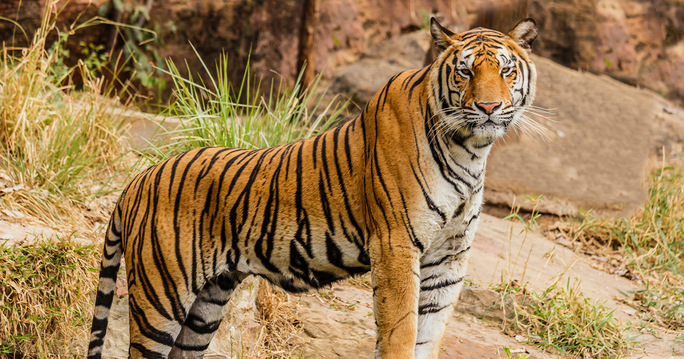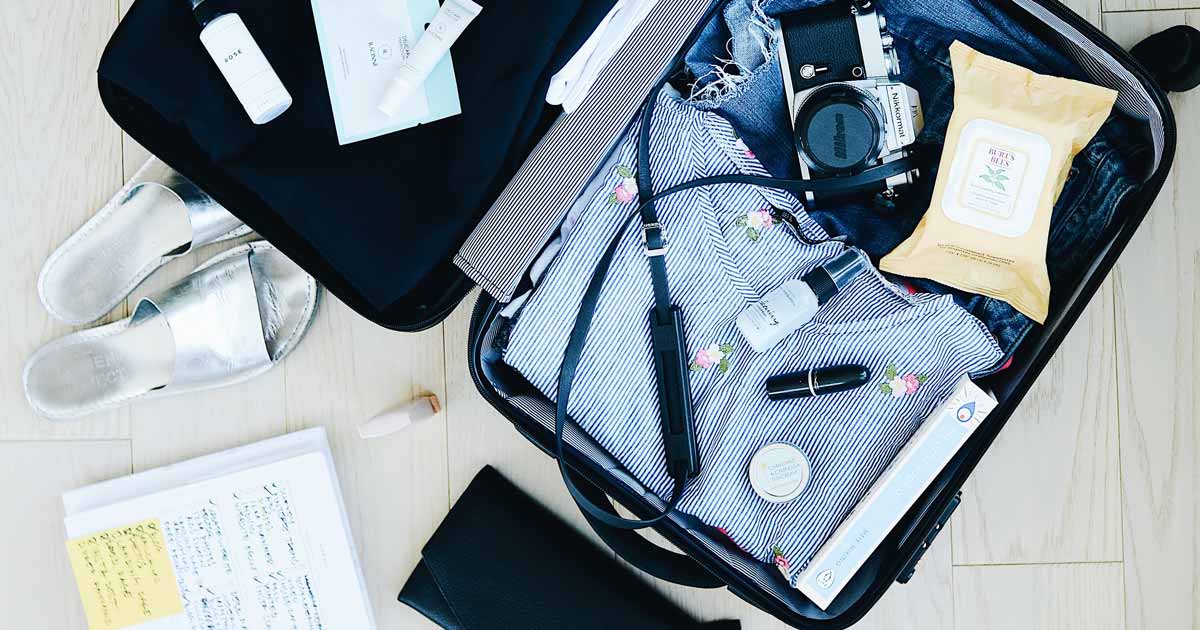
Animal Protection in Tourism: What to Know
Many already prioritize animal protection in our daily lives, and its importance is especially growing in the travel industry. WeTravel recently hosted a webinar on this topic with an expert panel who explored how to identify and manage high risk practices and shared how tourism's resurgence can be a force for good.
From guidance on which animal experiences to sell and not to sell, to a step-by-step guide to help businesses better protect animals in their operations, these experts covered it all.
Joining the conversation was Daniel Turner and Helen Usher, Directors at Animondial, and John Sutherland, Director of CSR at Collette.
Turner, who is also an environmental biologist and has been working the field for over 20 years, provided attendees an overview of animal protection in tourism and shared the related risks.
"As a tour operator, you should have complete control over what you sell, what you don't sell, and if you do sell it, what components of the tour you want and what components you don't want," Turner said, breaking down the different types of situations in which animals are often found in tourism. "If managed poorly, animals in tourism can really have a negative impact—you can cause the animal harm, you can cause there to be changes in their behavior, they may become more aggressive, they may consider human beings as an easy meal, and ultimately, you could cause more long-term effects like changing how a whole species interacts in that environment."
Turner emphasized how it's also a bigger picture issue, and that if we don't look after the animals and nature, we're then opening ourselves up to things like bio-diversity loss, habitat degradation, climate change and over-exploitation.
He notes, however, that animal tourism can play a significant role in building back better and can be a force for good.
"When managed well, tourism can really big huge benefits," Turner said, citing well-being, revenue, employment, an increased influence on better protections, etc. But what steps can those within the industry better protect animals in tourism?
STEP 1: Identify and better manage higher-risk activity.
"Identify all of your animal-based products—all of your zoos, sanctuaries, wildlife viewing experiences, experiences riding horses, camels or mules—and review all the ones which are high-risk activities," Turner said. "These are going to be the activities that could potentially compromise the welfare of the individual animal or the entire species, and/or the people involved in that practice."
STEP 2: Define your commitment.
This shouldn't be a cut and paste job—really think it through. This commitment should be aligned to your company specialty and vision. Be sure to also define your product limits. Once you have your commitment nailed down, it has to be integrated into your business and your team must understand it, as well.
STEP 3: Review and align your product.
"Once you have your commitment, you need to think about what you're selling," Turner said. "You need to look through all of your products and apply that commitment."
Turner suggests referring to industry good practice guidance already in existence, and enacting de-listing a product as a last resort. Instead, he recommends seeing if you can modify a product to meet your commitment. You should also seek to offer a guarantee of animal-friendly products for your tours and create product procurement and sales guidance.
STEP 4: Invest in nature.
Celebrate the diversity of life and nature through your existing tours and product offerings. Optimize animal and nature protection through your operations and activities. Support community-led activities that genuinely protect animals and nature. Help your suppliers to modify experiences (such as elephant riding) to address animal challenges.
"That why Animondial has created the Animal Protection Network, where we actually identify projects that we think are doing amazing work," Turner said. "We go through a vetting process with them to ensure we can say to a tour operator, 'this project is doing great work, we really recommend you incorporate it within your itinerary.'"
STEP 5: Influence better protections.
There are situations where there's activity within a destination you don't have direct control over, but can have an influence in other ways to create meaningful change. NGO FOUR PAWS is seeking tourism sector support, for example, in the dog and cat meat trade in Southeast Asia.
Sutherland touched on why animal protection is important for tour operators and what Collette is doing to help the effort. He also explained how Collette worked with Animondial to develop and implement their own commitment and aligned their company to the latest ABTA standards.
"We were really happy because we were able to communicate our commitment to our guests and share our values with them," Sutherland said. "That was probably the most important thing for us, just being able to generate positivity toward animal welfare so that ultimately the outcome is that animals in destinations are protected. It felt good knowing we were doing the right thing."
To watch the webinar in its entirety, visit WeTravel.
Written by Sarah Suydam, Managing Editor for Groups Today.



